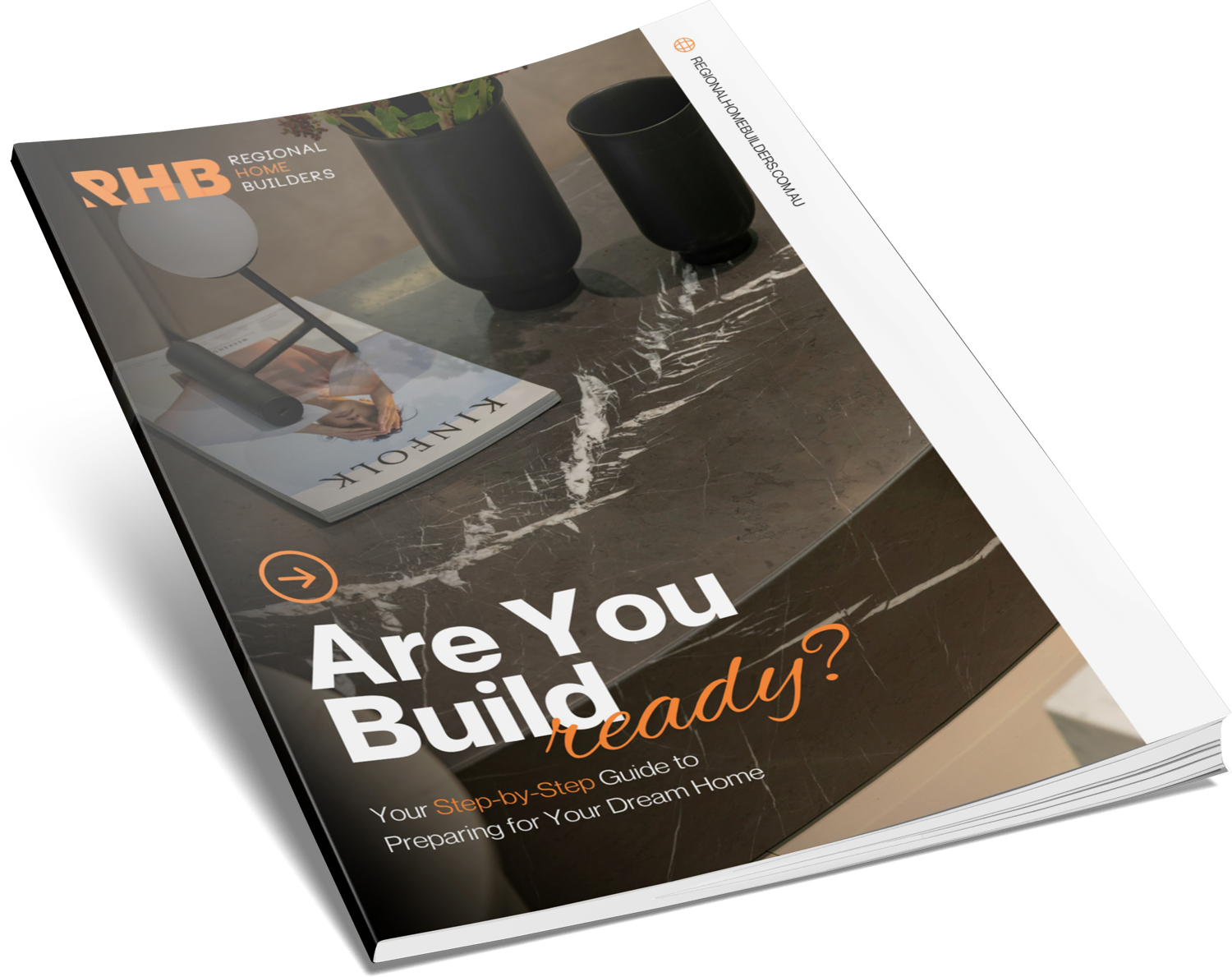When people dream about building their home, they usually imagine the fun parts, choosing a floorplan, designing the kitchen, or picturing a backyard where the kids can play. What rarely gets considered early enough is the layer of rules that sits underneath every block of land: council regulations.
These are not suggestions, and they are not negotiable. They are legally binding requirements that govern what can be built, where it can be placed, how big it can be, and in some cases, even how it looks. They exist to protect safety, environment, heritage, and community planning standards,and ignoring them can derail your build.
I have seen too many people pour time and money into house designs, only to discover they do not comply with council requirements. The end result is frustration, expensive redraws, and lost time. The good news is, all of this can be avoided with early checks and an understanding of what you are working with.
Let’s break it down.
Why Council Regulations Matter From Day One
Council rules set the boundaries for what is possible on your block. They determine:
- How close you can build to the boundary (setbacks)
- How high your home can be (height restrictions)
- What percentage of your block can be built on (site coverage)
- Whether special reports are required (bushfire, flood, heritage, stormwater)
If these rules aren’t checked before design begins, you risk falling in love with a home that can never be approved, or one that will require tens of thousands in changes to comply.
The Role of Zoning
Every piece of land in Australia is given a zoning classification. Common residential zones allow for housing, but each zone comes with conditions.
For example:
- A general residential zone may limit the number of dwellings per lot.
- A low-density residential zone may require larger setbacks and more open space.
- A rural residential zone might allow for a home but also restrict certain services or access.
Zoning is the big-picture rulebook for your block. Before any design begins, it’s critical to know exactly what zoning applies.
Overlays: The Extra Layer That Catches People Out
Zoning is only the first step. Many blocks also have overlays, additional rules applied for safety, environmental, or cultural reasons.
Some common ones include:
- Bushfire overlays: Require compliance with a Bushfire Attack Level (BAL) rating. This can affect windows, materials, roof design, and costs significantly.
- Flood overlays: May force floor levels to be raised above certain heights or restrict where on the block you can build.
- Heritage overlays: Control changes to façades, rooflines, and materials to protect the character of an area.
- Vegetation or environmental overlays: May prevent tree removal or dictate setbacks to protect natural habitats.
The reality is that an overlay can completely reshape your build. A design that works on one block may be impossible on another, even if they are the same size and shape.
Setbacks, Site Coverage, and Permeability Rules
Council rules extend beyond zoning and overlays. They often regulate finer details such as:
- Setbacks: How far from the boundary or street you must build.
- Site coverage limits: The percentage of your land that can be built on.
- Permeability requirements: How much of your block must remain unpaved or landscaped to allow for drainage.
- Private open space: Minimum backyard size requirements.
These are often overlooked but can have major consequences. A setback requirement, for example, might mean the dream double garage no longer fits without shrinking your living space.
Real-World Consequences of Ignoring the Rules
I’ve seen clients come to us with plans they loved, only to find they breached council height limits or setback rules. I’ve met families who bought land without realising it had a bushfire overlay, adding $30,000 or more in compliance upgrades.
These situations are heartbreaking because they are preventable. With early checks, the rules are clear upfront, and your design is shaped to suit the block from the beginning.
What Documents and Reports Reveal Council Requirements
If you already own land or are close to settlement, here’s what can help identify restrictions:
- Planning property reports (free online through state planning portals)
- Zoning and overlay maps (available from council websites)
- Subdivision plans and land contracts (often detail restrictions or developer guidelines)
- BAL assessments (for bushfire-prone areas)
- Flood modelling or stormwater reports
- Heritage or cultural impact statements
These resources may sound technical, but they provide the roadmap for what is allowed on your block.
Can Council Rules Stop a Build Completely?
In most cases, council rules don’t stop you building altogether, they just shape what is possible. But there are rare occasions where the cost of compliance or the restrictions on design make a build impractical. This is why it’s so important to understand the regulations before you commit to a design or a budget.
When to Check: Before You Buy Land
Here’s the most important point, these checks should happen before you purchase land. Once you’ve bought, you’re locked in. And not every block is buildable in the way people imagine.
At Regional Home Builders, we don’t provide site recommendations or help select land. Our process begins once you have secured your block. From there, we review all council and estate requirements, check for overlays, and ensure your design works within the rules.
This is why we strongly advise anyone buying land to do their due diligence on zoning and overlays before signing. It’s the smartest way to avoid nasty surprises later.
The Bottom Line
Council and developer regulations are not just red tape, they shape every detail of your home. They control what can be built, where it can be placed, and how much it will cost to meet compliance.
If you’re considering land, check zoning and overlays before you buy. Once you have secured your block, that’s when we step in. From there, we ensure your design is compliant, realistic, and ready to move forward without costly delays.
If you already have your land and you’re ready to begin the building journey, we’d love to guide you through the next steps.
Explore the story of Regional Home Builders. Regional Home Builders is a proud member of APB and MBA.



